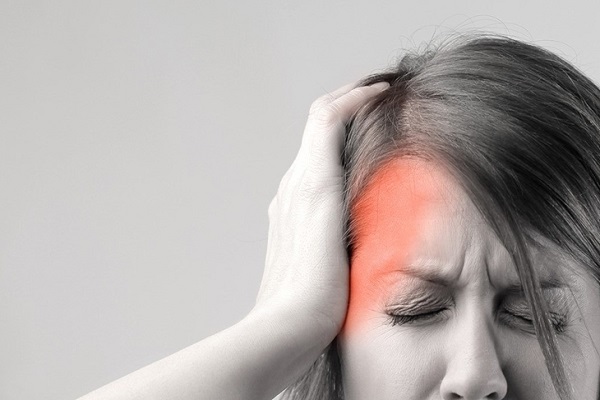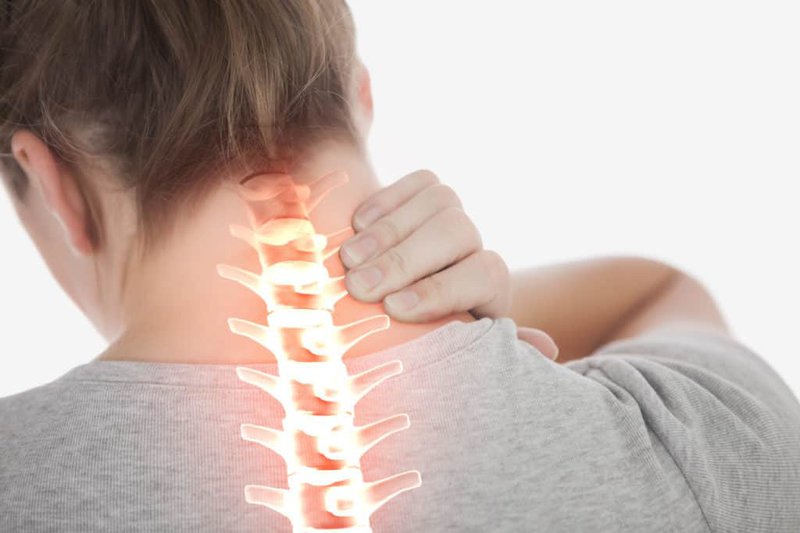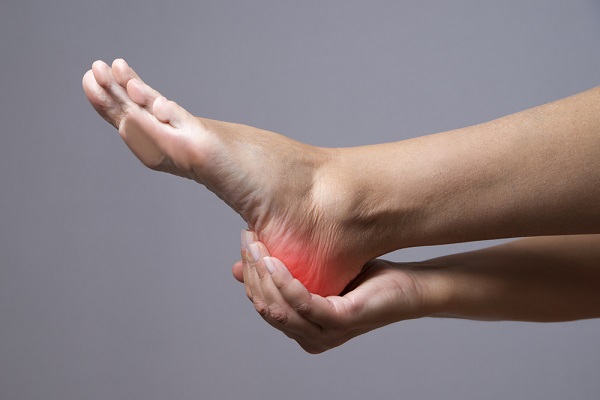A migraine is a condition characterized by pain on one side of the head. This pain can range from intense throbbing to mild discomfort, lasting for hours or resolving quickly. Migraine symptoms may stem from various causes, significantly disrupting daily activities and adversely affecting overall health.
1. What is a Migraine?
A migraine is a condition typically marked by severe headache on one side of the head and neurological fatigue. Patients often experience headache accompanied by symptoms such as nausea, vomiting, sensitivity to light and sound, and sometimes transient warning signs (aura), including visual disturbances, difficulty speaking, or numbness/tingling in one side of the face or limbs.
These headaches can persist for hours to days and may be severe enough to interfere with daily activities.

2. Migraine Symptoms
- Migraines can range from mild to severe.
- The pain often follows a pulsating rhythm.
- Pain may gradually intensify or occur in waves, subsiding and then recurring.
- Pain may onset at midnight or early morning, potentially indicating conditions like brain tumors, intracranial hematomas, cluster headaches, or occurring during exertion or exposure to light stimuli (e.g., TV, phone, or laptop screens).
3. Causes of Migraine
- Secondary Headaches: Caused by stroke, cerebral vascular malformations, brain tumors, intracranial hematomas, or brain abscesses. These require early diagnosis using imaging techniques like CT or MRI, with treatment tailored to the cause.
- Primary Headaches: The most common is migraine, followed by cluster headaches.
4. Migraine
4.1 Types of Migraine
- With Aura: Patients experience warning signs of an impending migraine, such as seeing flashing lights.
- Without Aura: The most common type, where pain occurs suddenly without warning signs.
- Aura Without Headache (Silent Migraine): Warning signs or other symptoms occur without the headache itself.
4.2 Causes of Migraine
- Hormonal Changes: Women often experience migraines during menstruation due to fluctuations in hormones like estrogen, typically occurring 1–2 days before menstruation and lasting 2–3 days after.
- Certain Beverages: Alcohol (especially wine), beer, or excessive caffeine (e.g., coffee) consumption.
- Medications: Contraceptives or hormone replacement therapy can exacerbate migraines.
- Negative Emotions: Stress from work or life can trigger migraines.
- Sensory Stimuli: Bright or glaring lights, loud noises, or strong odors (e.g., perfume, paint, cigarette smoke) can induce headaches in some individuals.
- Disrupted Biological Clock: Insomnia, excessive sleep, or jet lag.
- Physical Factors: Intense physical activity, including sexual activity, may trigger migraines.
- Weather or Barometric Pressure Changes: These can contribute to migraine onset.
- Foods: Salty or processed foods, or additives like monosodium glutamate (MSG) and preservatives, may trigger migraines.
Additionally, the following risk factors increase the likelihood of migraines:
- Family history of migraines.
- Age, with the highest incidence in the 30s, and symptom severity decreasing every decade thereafter.
- Gender, with women being three times more likely than men to experience migraines.
- Hormonal changes during menstruation, pregnancy, or menopause, with improvement often seen post-menopause.
4.3 Symptoms of Migraine
- Prodrome Phase: One or two days before a migraine, warning signs may include constipation, mood swings (from sadness to euphoria), food cravings, neck stiffness, increased thirst, frequent urination, or yawning.
- Aura Phase: Symptoms develop gradually, become more pronounced over minutes, last 20–60 minutes, and then subside. These include visual disturbances, temporary vision loss, tingling in one arm or leg, numbness or weakness in one side of the face or body, difficulty speaking, hearing noises or music, or uncontrolled body movements.
- Postdrome Phase: After a migraine, most patients feel exhausted, fatigued, mentally foggy, and require a full day of rest.

5. Cluster Headaches
Cluster headaches are the most severe form of primary headache. They occur in cycles separated by years and are more common in young or middle-aged men.
Typical episodes last about three months, with intervals of one year or more between cycles. The first cluster headache often occurs at night, lasting 30–90 minutes.
Cluster headaches cause intense pain behind the eye or near the temple on one side, accompanied by redness in one eye, nasal congestion, and excessive sweating. The pain may rapidly spread to the shoulder or neck on one side, with possible light sensitivity but rarely vomiting.
Triggers for cluster headaches include alcohol consumption, vasodilator medications, nitrate-containing foods (e.g., ham, bacon, frozen meat, sausages), and smoking.
6. Severe Complications of Migraine
Untreated migraines can lead to the following complications:
- Seizures: During or immediately after a migraine, patients may experience seizures resembling epilepsy.
- Dizziness: Migraine sufferers may experience vertigo, spinning sensations, or falls.
- Insomnia: Sudden pain can wake patients at night or cause sleeplessness.
- Stroke: Migraines may disrupt blood supply to the brain, reducing oxygen and nutrients to brain cells and potentially causing a stroke.
- Depression and Anxiety: Migraine sufferers are more likely to experience depression or anxiety than others.
- Cognitive Impairment: Severe, recurrent migraines can lead to difficulty concentrating, memory loss, and reduced cognitive function.
- Vision Impairment: A highly dangerous complication, migraines may cause reduced vision, blurred vision, or even permanent blindness.
Myofascial release physical therapy is a long-term treatment combining physical therapy with targeted exercises. Patients must remain consistent and follow the prescribed treatment schedule. Andora Physical Therapy Clinic is a leading rehabilitation and physical therapy center in Vung Tau. Our physical therapy methods are tailored flexibly to suit each patient’s pain condition and unique physiology.
Free consultation and condition assessment at Andora Orthopedic Clinic:
- Address: 123 Truong Cong Dinh, Vung Tau Ward, HCM City
- WhatsApp/Viber: (+84)87724 7272
- Facebook | X (Twitter) | Tiktok
Learn more about Sport injures and Nutrition plans to effectively care for and restore musculoskeletal health.









